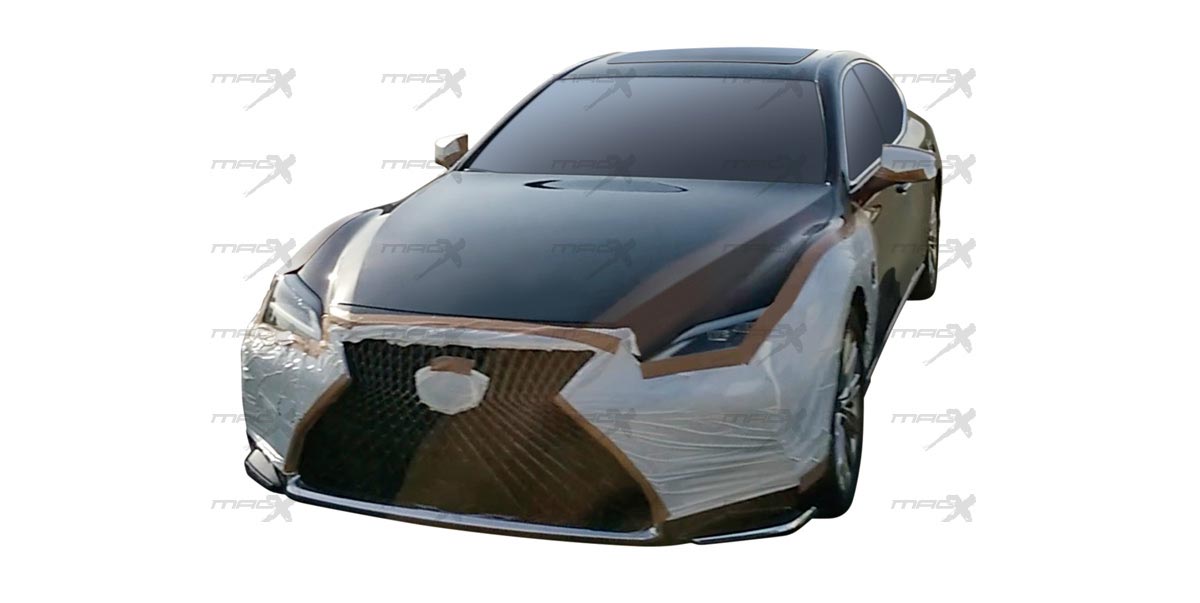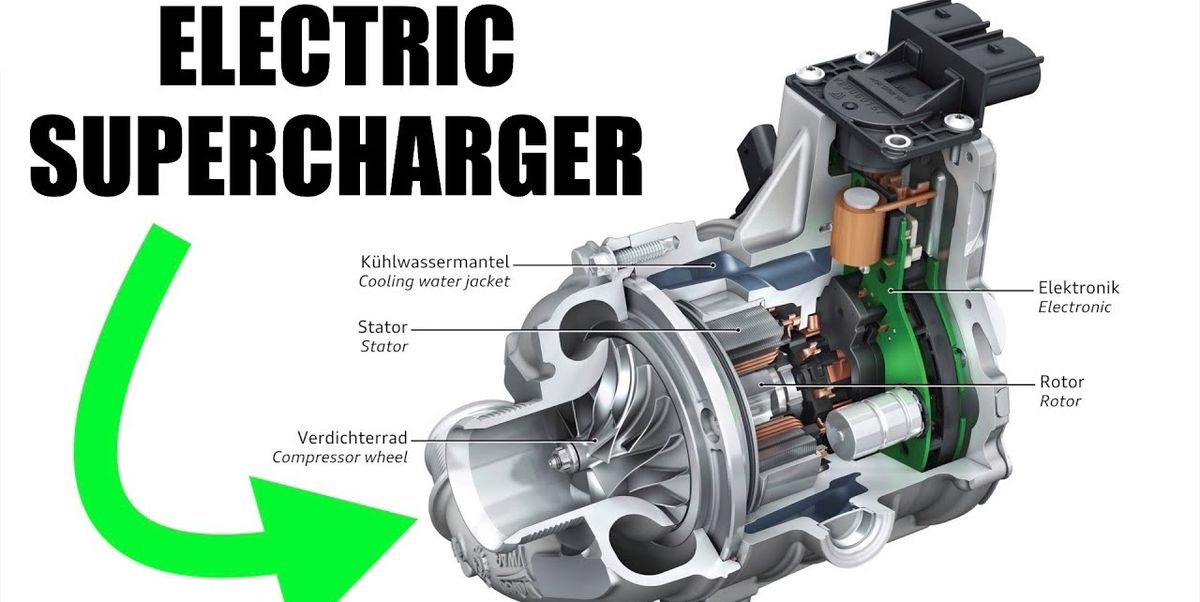I am not convinced that a turbocharged engine is a good fit for a series-parallel -- power-split device (PSD) -- hybrid vehicle, as all Toyota and Lexus hybrids are.
I can understand using a turbocharged engine in a strictly parallel hybrid system (as the German automakers use), where the electric drive is used to accelerate the vehicle from stop and then assist the (downsized) engine while accelerating, but the engine then runs without electric assist at higher speeds. In this single electric motor parallel hybrid system, there is a more direct relationship between throttle position and engine rpm.
But you do not need a turbocharged engine in a series hybrid system, where an electric motor drives the vehicle and the engine is just used, running at a low, constant rpm, to recharge the battery; in a series hybrid vehicle, the aim is to minimize fuel consumption. PSD hybrids incorporate this drive mode.
PSD hybrids are not like the single electric motor hybrids, in which the electric motor assists the internal combustion engine; in single motor hybrids, the ICE is the primary power source and the electric motor assists. It can be argued that in dual electric motor PSD hybrids, in which the electric motor is constantly running (and always maintaining vehicle speed), the ICE assists the electric motor; in dual motor PSD hybrids (as all Toyota and Lexus hybrids are), the electric motor is the primary power source and the ICE assists.
PSD hybrids remove the direct relationship between throttle position and engine rpm, even in parallel hybrid mode; PSD hybrids have the engine running at constant rpm, balancing the power that is available to assist the electric drive motor by sharing any unneeded power with the generator -- the more ICE assist power needed, the less power is shared with the generator. The aim with PSD hybrids, that run the engine at a constant rpm, is to minimize fuel consumption.
But the aim of a turbocharged engine is to allow a smaller engine to run harder, to burn more fuel, to produce more power. Producing more power is nice, but at the cost of greater engine pressures, causing greater fuel consumption and greater engine wear? Was it not the aim -- even if it was not the primary aim -- of a PSD hybrid, to share the power load between internal combustion engine and electric drive, thereby lessening pressures on the engine, reducing engine wear and lessening fuel consumption?
Could there be other methods for increasing the effective power of the hybrid powertrain?
What about increasing the power of the electric drive motor (that may involve increasing battery capacity to ensure that there is enough electrical power available to drive the more powerful motor, which may mean that a plug-in hybrid, with its larger capacity battery, is the way to go, so give us LS 700h+)? Or coupling the PSD with a multi-speed transmission (as has already been done) to allow for torque multiplication (and faster off-the-line acceleration) in low gear and an overdrive gear for greater efficiency at high speeds?




